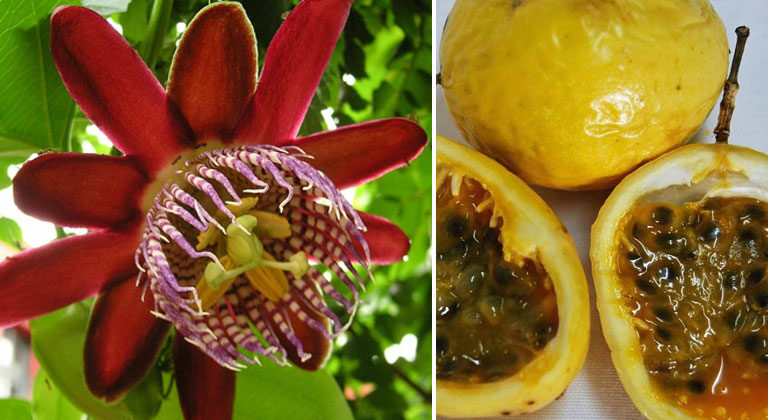Passiflora alata, commonly known as the winged-stem passion flower or fragrant granadilla, is an evergreen climbing vine, endemic to South America, from the Amazon, to Peru and eastern Brazil. This species of flowering plant can grow to a height of 6 m (20 ft) or more, and bears splendid red flowers and an edible type of delicious passion fruit. In its native regions, the plant thrives in sandy dikes and embankments, as well as in rainforests, and in lowland tropical and subtropical environments.
The intricacy of its sublime, fragrant blooms and the golden fruits make them a highly sought-after plant in the garden. The exquisite cascade of evergreen leaves, along with the scarlet flowers and fruits attract many pollinators like bees, butterflies, and birds, and this wonderful combination is why many gardeners worldwide appreciate them so much.


In its indigenous regions, the local people refer to it as ouvaca, which signifies “red star” in allusion to the appearance of its flower. The Passiflora alata has its name origin from the Latin words “passio,” which means passion, and “flos,” which stands for flower. The specific epithet alata means “winged”, in reference to the 4-winged stems. The plant family is collectively known as Passifloraceae and is more commonly known as passionflowers.
The leaves of the Passiflora alata are oval or oblong, measuring 10 – 15 cm (4 – 6 in) long and 1 – 10 cm (0 – 4 in) wide. These large green leaves are lobed and they remain lush throughout the active growing season. They are used by many Brazilians for diaphoretic, anthelmintic, and anti-hysteric purposes.


The gorgeous crimson flowers are probably the most prominent feature of the plant, and they are quite fragrant in the late summer to late fall. In fact, the fragrance is reminiscent of a combination of tart and sweet aromas that gives an indication about the taste of the fruit. The flower measures from 7 to 10 cm (3 to 4 in) wide, with vivid red curved petals, and a striking corona comprising purple and white filaments, which gives it a stripe-like appearance.
Read also: How to Grow Carnivorous Plants at Home
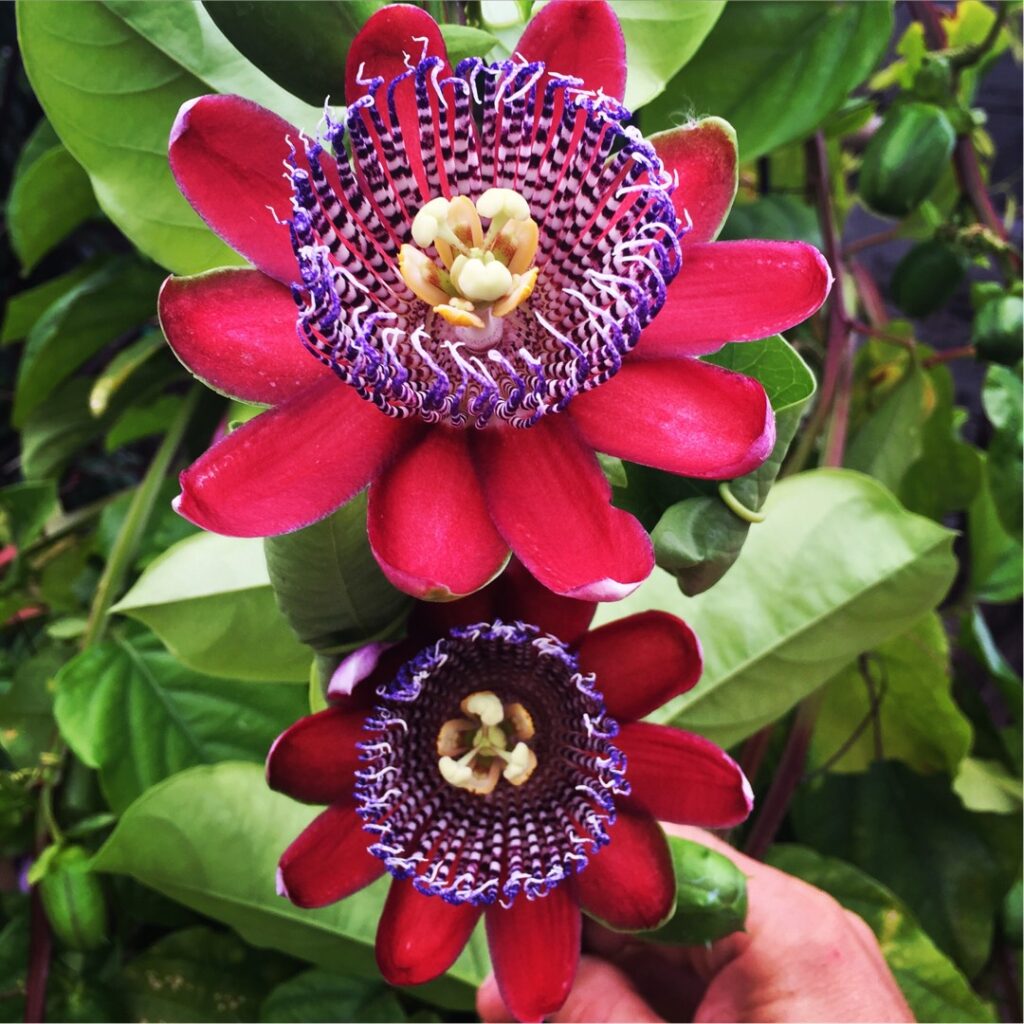

Passiflora alata bears truly magnificent flowers that attract various pollinators like bees, butterflies, and birds due to its color, aroma, and nectar. The pollination process in turn stimulates the development of fruits, which along with the flowers tend to emerge on the softer, drooping vines of the plant. The blooming season is normally around late summer or early fall, with the flowers requiring full sun exposure.

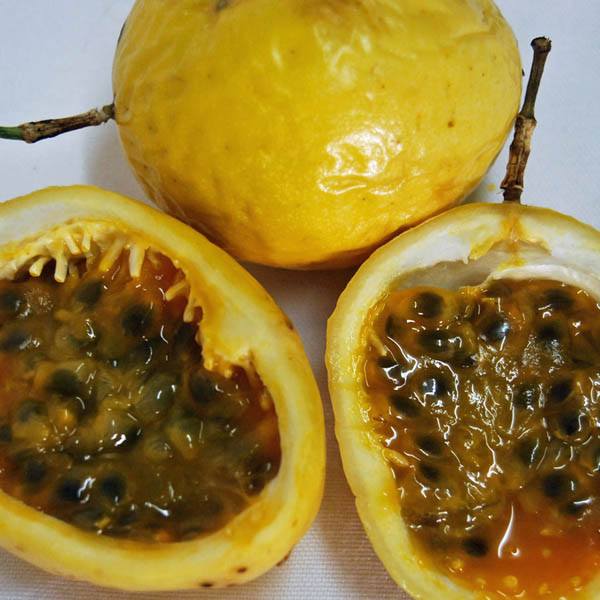
The passionfruit is large, egg-shaped and golden yellow to bright orange, with a mildly sweet taste and flavor, and is highly appreciated by the local people. It ranges from 8 to 15 cm (3 to 6 in) long and 5 to 10 cm (2 to 4 in) in diameter, and weighs around 90 to 300 g (3 to 11 oz). When cut open, the inside of the fruit reveals numerous edible seeds enveloped in a yellow, pulpy gelatinous flesh. On the nutritional level, the fruit is packed with vitamin C, but also provides a good source of vitamin A, folate, magnesium, phosphorus, and potassium.
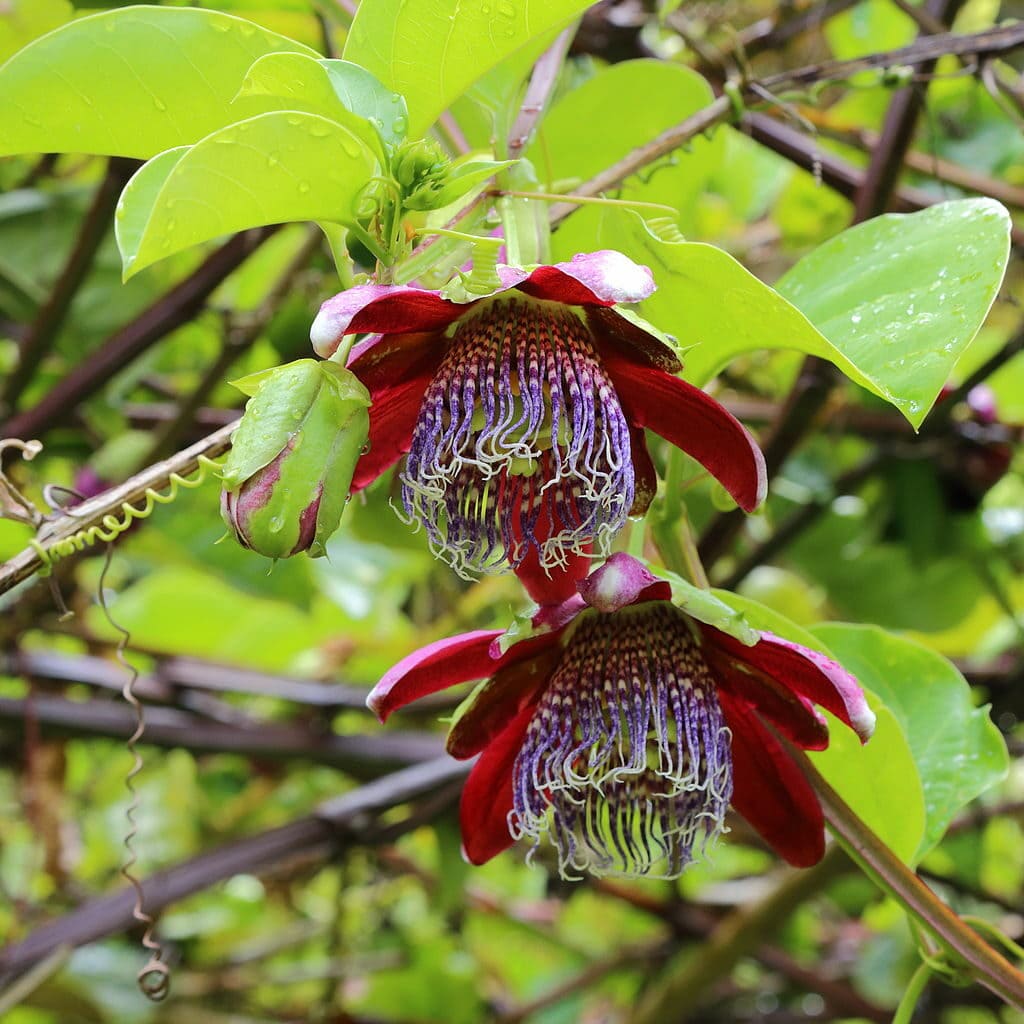

It can be consumed as it is and also made into juices, jams and smoothies. Other culinary purposes for the seeds and pulpy flesh include incorporating them into ice creams, pies, fruit salads, and cakes. The fleshy seeds can be used in both savory and sweet dishes (as toppings for desserts), depending on the preferences or tastes.
Read also: 7 Best Carnivorous Houseplants | Indoor Easy Care Carnivorous Plants
Compared to such an abundant foliage growth, the Passiflora alata has a shallow root system. As well, the leaves and roots may contain a substance known as “passiflorina”, which can act as a tranquilizer. Due to this claim, the passionflower, roots, and leaves may sometimes be used in the concoction of calming herbal teas that help to soothe the nervous system and promote a good night’s sleep.

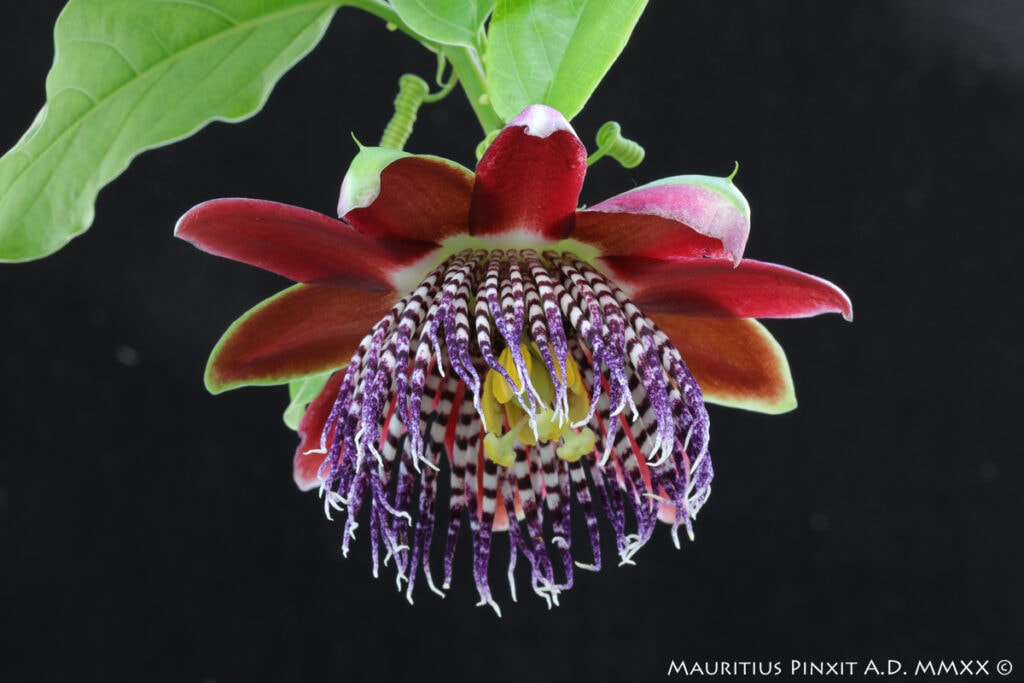
Growing and caring tips for Passiflora alata:
Passiflora alata is relatively easy to grow and does not require any specific care.
Pruning
This climbing plant is a moderately quick grower, so it would be in need of regular pruning. Indeed, while pruning increases the flowering and fruiting production of the plant, this also makes the harvesting of the fruits or flowers easier.
In warmer environments, it is advisable to prune the plant immediately after the fruits are picked, whilst in temperate regions with cold seasons, the most appropriate period would be during springtime. It is good to note that vines that are soft and bent are more inclined to yield flowers and fruits, so pruning should be kept to a reasonable extent.

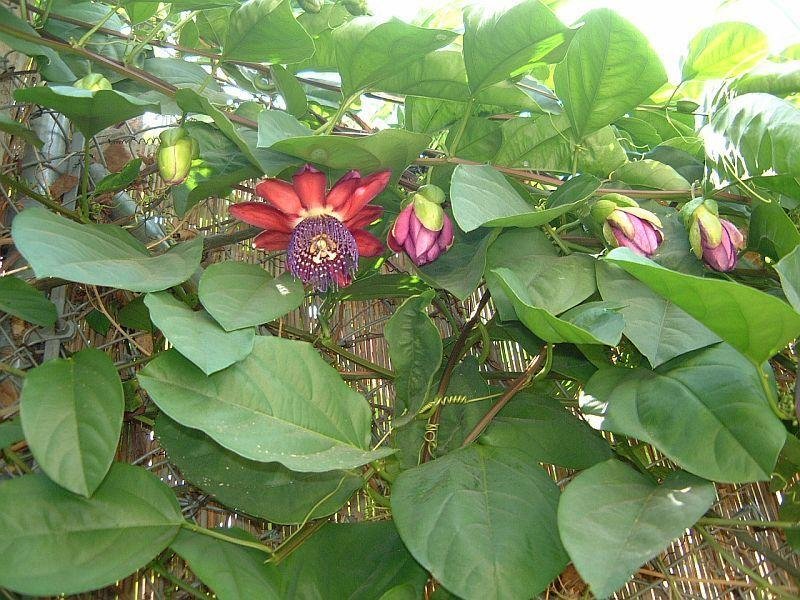
Temperature
The Passiflora alata thrives in warm climates, and while the plant can withstand cooler temperatures that do not drop below 5 °C (41 °F), it does not tolerate cold. Remaining exposed to cold temperatures will cause the plant to suffer from frostbite, and it will not last the winter. In temperate zones, Passiflora alata can be grown outdoors as long as the temperature is tolerable. Otherwise, it is often cultivated indoors, where the temperature and light requirements are within a controlled environment. In cold or wintry climates, gardeners and plant enthusiasts need to ensure a comfortable winter temperature for the plant. Therefore, it is advisable to have it grown in pots where it can be more easily carried indoors to overwinter.
Read also: Lithops, An Unusual Succulent That Look Just Like Smooth Colorful Pebbles
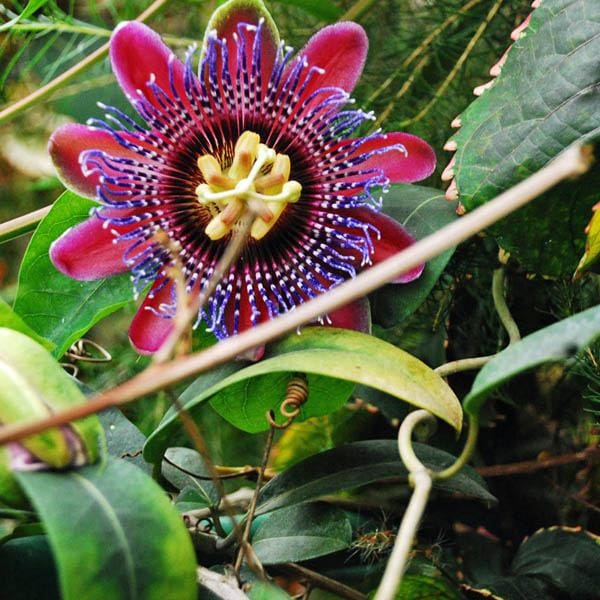
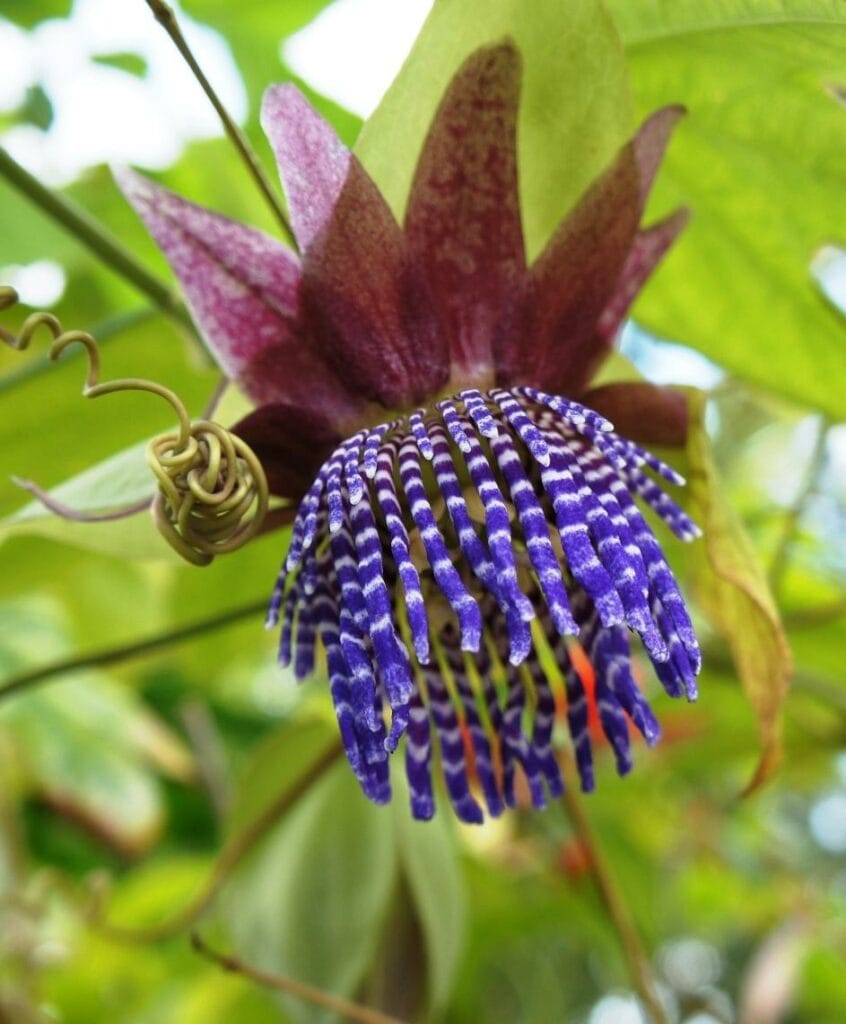
Watering
During active growing seasons, the Passiflora alata would require abundant watering as this promotes flowering, which leads to fruit production. At this stage, regular and deep watering is necessary and ensure that the ground around the plant is also watered, not just the plant base, as the roots may spread out. Not enough watering would result in dry soil conditions, which often cause wilted premature fruits that fall off in the end. In cooler seasons, the watering amount and frequency should be decreased.
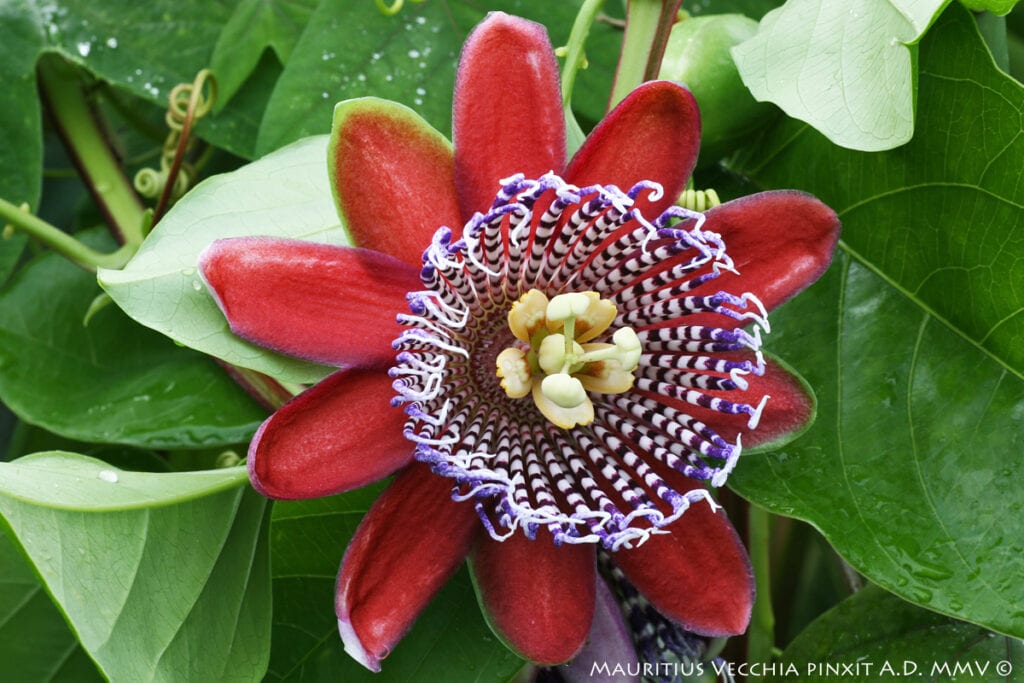
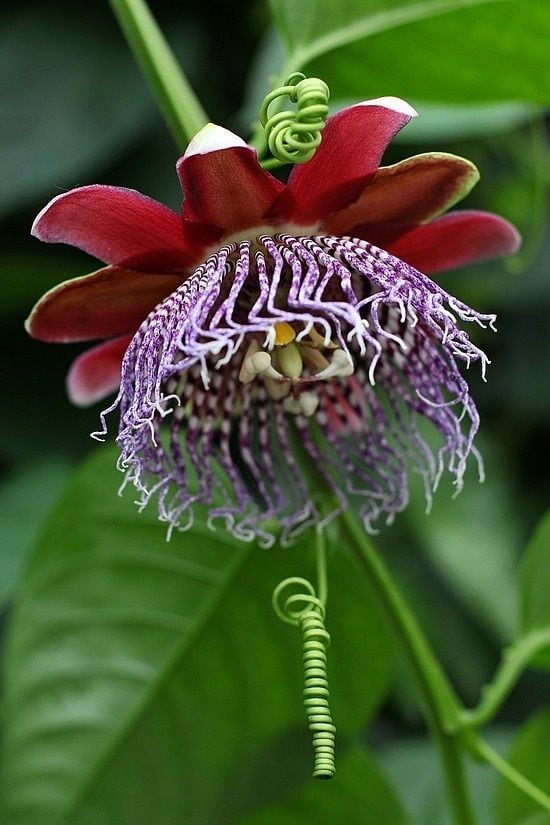
Light
The Passiflora alata flourishes in areas where it receives a good amount of sunlight. Having longer sun exposure would ensure more abundant foliage, flowers and fruits. Ideal locations to grow the plant would be in the east or south, as it can absorb the most light without being affected by too severe lighting conditions. While it can grow in partial shade, having too much shade would result in no flowers or fruits. If you are growing the plant indoors, you may consider to use grow lights, as these will help the plant to adapt well and thrive.
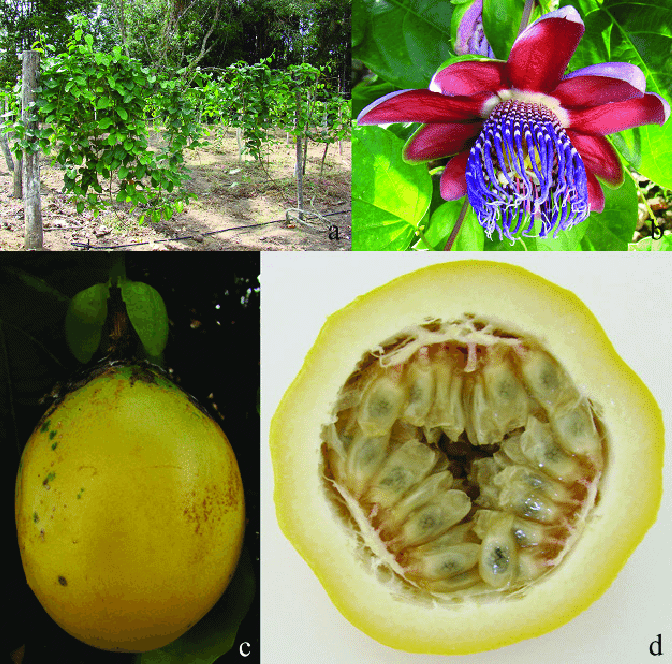
Soil requirements
The Passiflora alata grow well in rich, moist soil that drains rapidly. Within their natural habitat, the plant grows on sandy embankments and its roots have accommodated to well-draining soils that are rich in humus. One essential thing to note is that soils that are very acidic or with high alkaline content are not appropriate for the plant, thus soil that is neutral is more suitable. When cultivating the Passiflora alata in pots, a loamy compost mixed with fertile, quick-draining soil that is slightly sandy would be convenient.
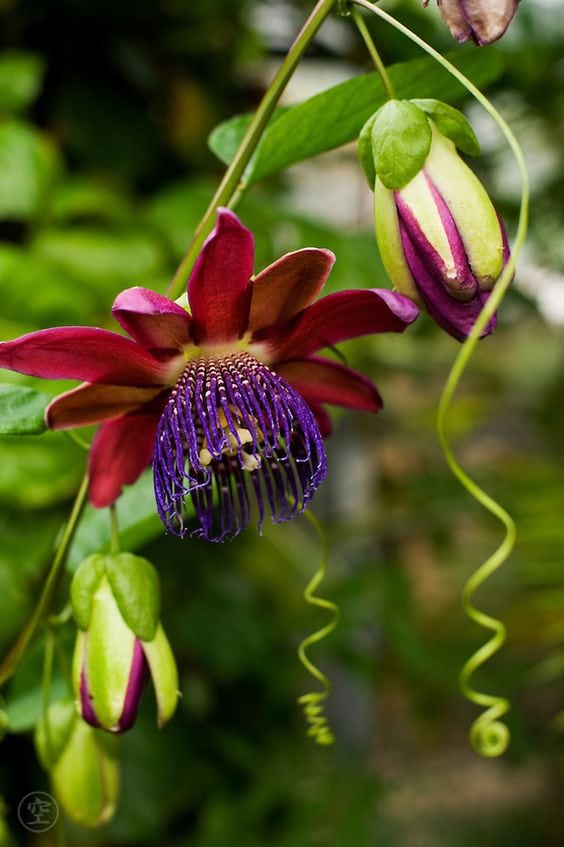
Repotting
It is most appropriate to repot the plant during springtime, as this is when it undergoes its active growth periods. Also, bear in mind that slightly crowded root conditions in pots tend to stimulate the plant to yield more flowers, so repotting should be limited.
Fertilizer
Organic and inorganic fertilizers can be used to improve the plant’s flowering and fruiting production. Preferably use fertilizers with lower ratios of nitrogen and potassium in order to avoid root burns and the fruits from dropping. Fertilization should be adjusted in proportion to the plant’s overall size.
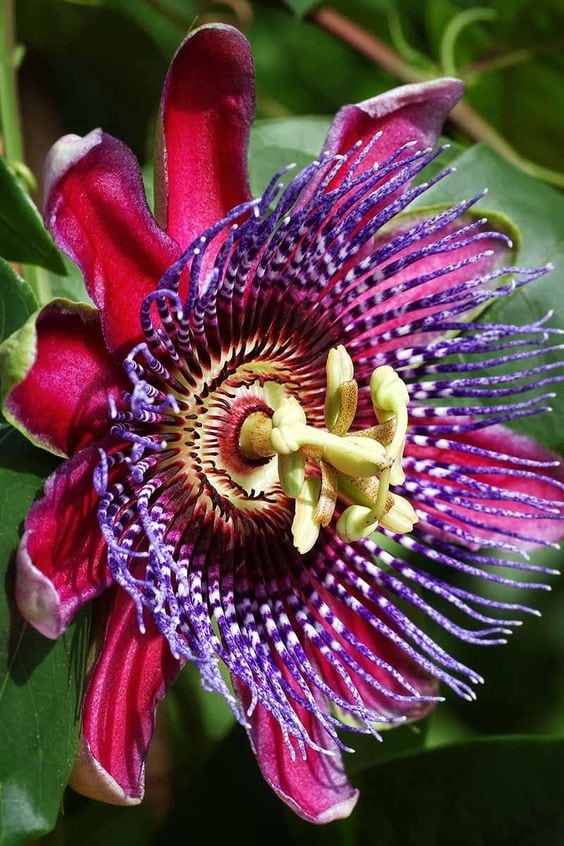
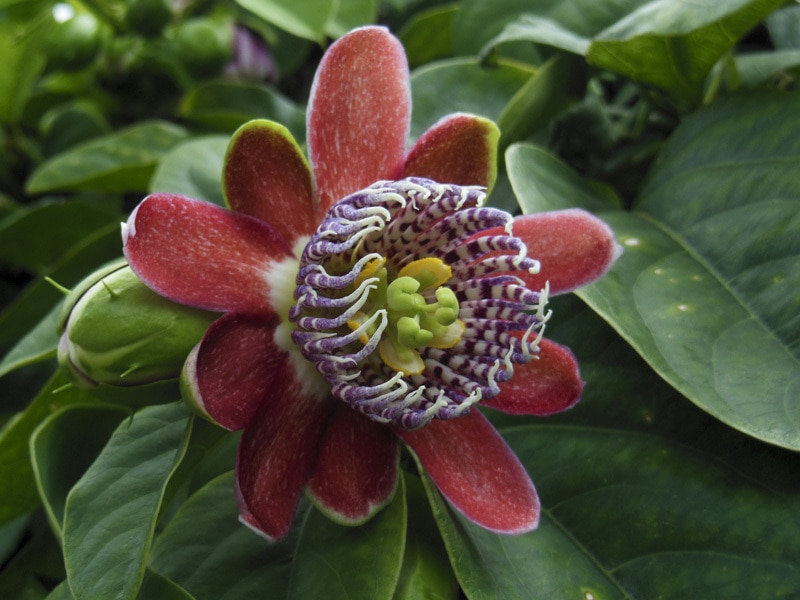
Read more articles:
- Silent Killers of the Sea: Fishing Nets and the Devastating Impact on Our Oceans
- Amazing Ability of Sharks to Regrow Their Dorsal Fins
- Mountain Marvels: 7 Architectural Wonders Built into Nature’s Slopes
- The Frilled Shark: Jaws of the Abyss and a Living Fossil
- 30 Christmas Rock Painting Ideas – Last minute DIY crafts for Christmas decor, gifts and stocking fillers

